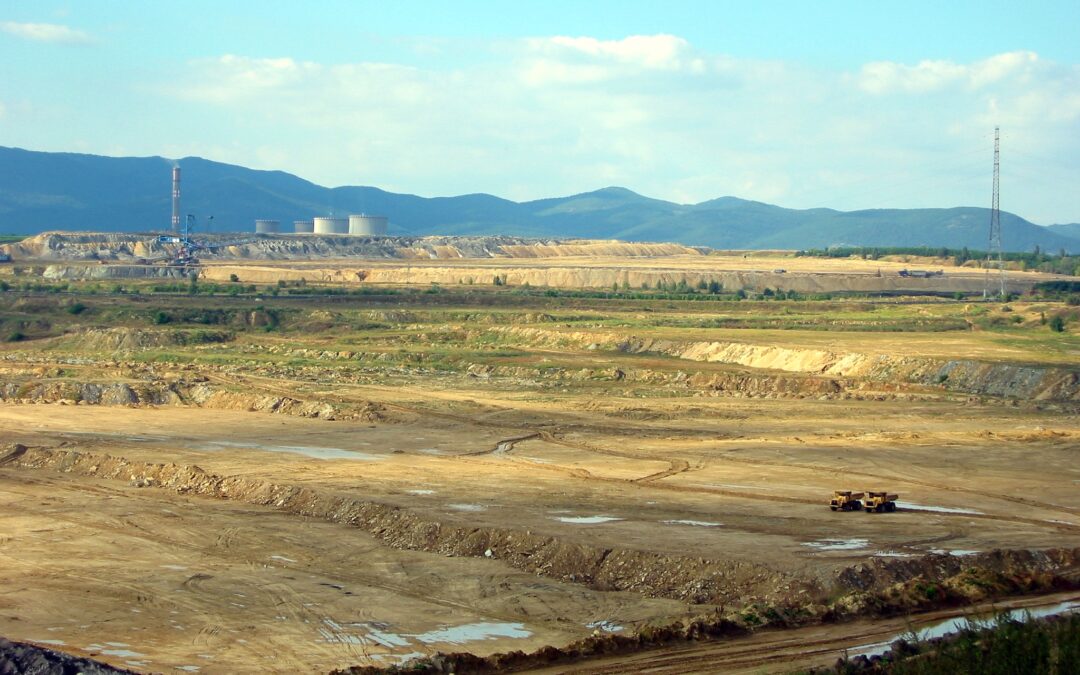Surface mining is a vital component of the mining industry, providing access to abundant resources while maintaining a balance between labor, technology, and environmental considerations. This article delves into the labor demands of surface mining, exploring how efficiency and workforce management intersect to drive operational success.
What are the Key Labor Requirements in Surface Mining Operations?
Surface mining involves diverse roles that require specialized skills, such as:
- Equipment Operators: Manage machinery like bulldozers, loaders, and draglines.
- Geologists and Surveyors: Assess mineral deposits and map extraction areas.
- Safety Personnel: Ensure compliance with regulations to protect workers.
- Environmental Specialists: Monitor and mitigate the ecological impact of mining.
A cohesive team of professionals is essential to ensure efficiency in action.
How do Different Mining Techniques Influence Labor Needs and Efficiency in Surface Mining?
Various surface mining methods demand unique labor approaches:
- Open-Pit Mining: Requires skilled operators for large-scale equipment and blasting experts for material extraction.
- Strip Mining: Involves repetitive processes like removing overburden and extracting seams, requiring high labor coordination.
- Mountaintop Removal: Demands precision labor for reshaping landscapes and managing reclamation efforts.
Each method impacts the number and specialization of workers needed.
How Does Equipment Selection Influence the Labor Demands of Surface Mining?
The choice of machinery directly affects workforce requirements:
- Automated Machines: Reduce the need for manual operators but require highly trained technicians for maintenance.
- High-Capacity Equipment: Streamlines operations, allowing fewer workers to handle larger tasks.
- Modular Equipment: Enhances flexibility, reducing downtime and optimizing labor use.
Strategic equipment selection ensures cost-effective labor deployment.
What Role Does Training Play in Optimizing Workforce Productivity in Surface Mining?
Training is critical to maintaining efficiency in action:
- Skill Development: Improves operational speed and reduces errors.
- Safety Training: Minimizes accidents and keeps productivity high.
- Cross-Training: Enables workers to adapt to multiple roles, reducing downtime during workforce shortages.
Well-trained teams drive operational success while fostering a culture of safety and innovation.
What are the Safety Challenges Faced by Workers in Surface Mining, and How Do They Affect Efficiency?
Safety concerns can significantly impact efficiency, including:
- Exposure to Hazards: Like dust, noise, and heavy machinery, which can lead to injuries or reduced productivity.
- Accident Risk: Downtime from accidents affects operations and morale.
- Weather-Related Risks: Extreme temperatures or storms can disrupt schedules.
Investing in advanced safety protocols and equipment mitigates these challenges.
How do Regulations and Environmental Concerns Impact Labor Practices in Surface Mining?
Compliance with regulations affects labor deployment in several ways:
- Mandatory Training: Requires time and resources but improves long-term safety and efficiency.
- Environmental Mitigation Roles: Additional personnel may be needed to oversee reclamation and minimize ecological impact.
- Regulatory Audits: Preparation and compliance efforts demand specialized administrative roles.
Balancing regulatory requirements with operational goals is key to sustained efficiency.
How Does the Seasonal Nature of Mining Affect Labor Demand and Operational Efficiency?
Mining operations often face seasonal fluctuations:
- Peak Seasons: Require expanded teams to meet increased demand.
- Off-Peak Periods: May lead to workforce reductions or reallocation to maintenance tasks.
- Weather Dependency: Harsh conditions can slow progress, requiring flexible labor strategies.
Effective workforce planning ensures consistent productivity year-round.
What are the Potential Impacts of Labor Shortages on the Efficiency of Surface Mining Operations?
Labor shortages can disrupt mining operations by:
- Increasing Downtime: Lack of staff can delay key processes.
- Raising Costs: Hiring temporary workers or outsourcing can strain budgets.
- Lowering Morale: Overworked employees may experience burnout, reducing overall efficiency.
Proactive recruitment and retention strategies help prevent these challenges.

How do Advancements in Technology Impact Labor Efficiency in Surface Mining?
Technology plays a pivotal role in enhancing labor efficiency:
- Automation: Reduces reliance on manual labor while maintaining high output.
- Remote Operations: Allow for safer and more precise control of equipment.
- Data Analytics: Optimize resource allocation and workforce scheduling.
By embracing innovation, mining companies can achieve greater productivity with fewer labor-intensive processes.
What Strategies Can Be Implemented to Improve Labor Efficiency in Surface Mining Operations?
To maximize efficiency in action, mining companies can:
- Invest in Training: Ensure workers are skilled in the latest techniques and technology.
- Adopt Flexible Scheduling: Address seasonal variations and prevent burnout.
- Enhance Recruitment Efforts: Attract top talent with competitive benefits and growth opportunities.
- Leverage Technology: Automate repetitive tasks to free up workers for more complex roles.
- Strengthen Safety Programs: Minimize disruptions by fostering a culture of safety.
These strategies create a balanced, productive workforce capable of meeting industry demands.
Enhancing Labor Efficiency in Surface Mining Through Innovation and Strategy
Surface mining continues to evolve, blending advanced technology with human expertise to achieve efficiency in action. By addressing labor demands through training, strategic equipment selection, and safety protocols, the industry can meet resource needs sustainably. With the right mix of innovation and workforce management, surface mining operations can thrive, contributing to economic growth while respecting environmental and regulatory responsibilities.

